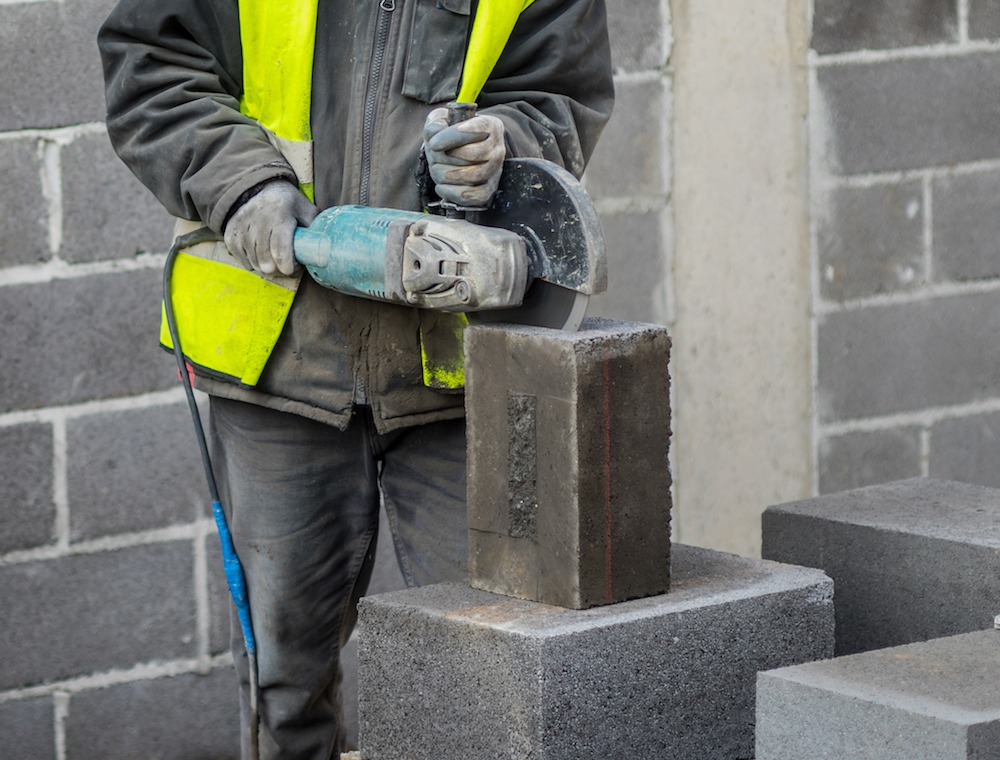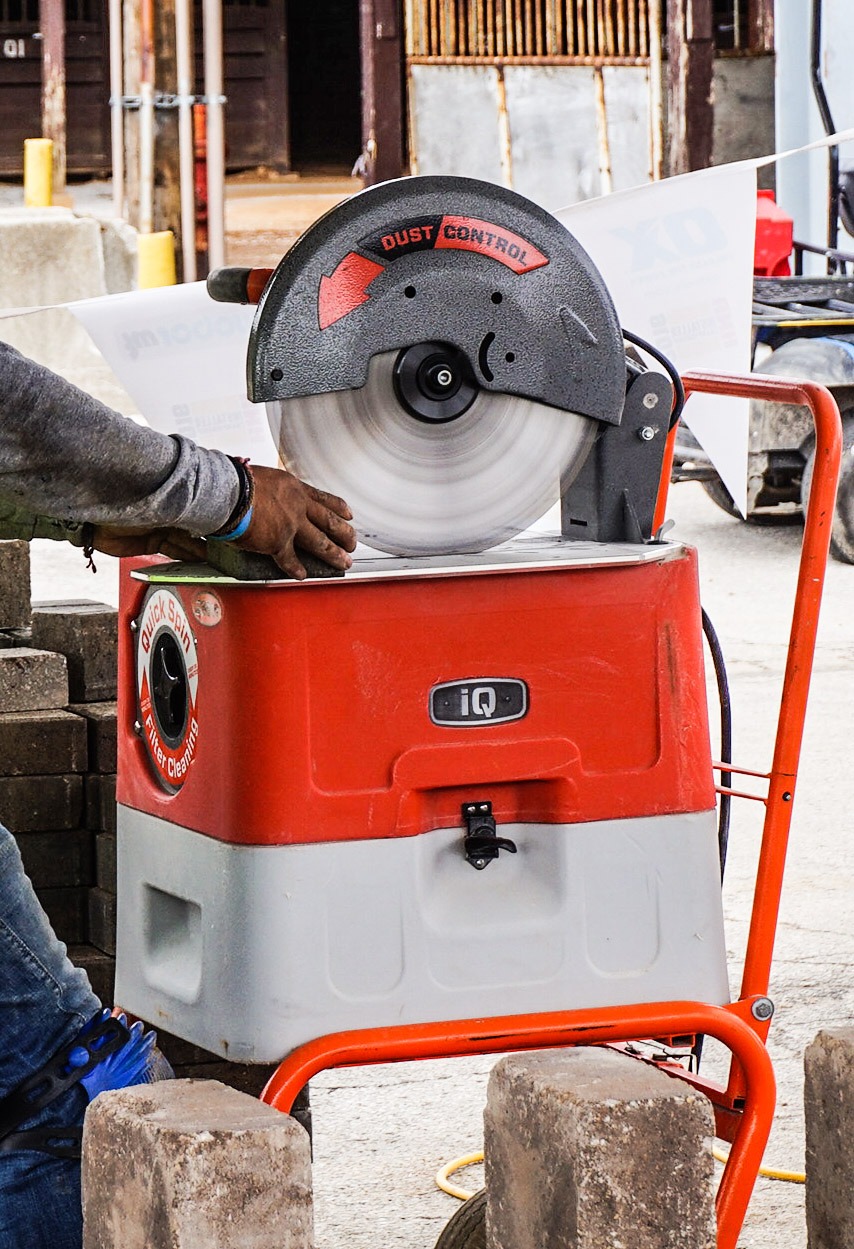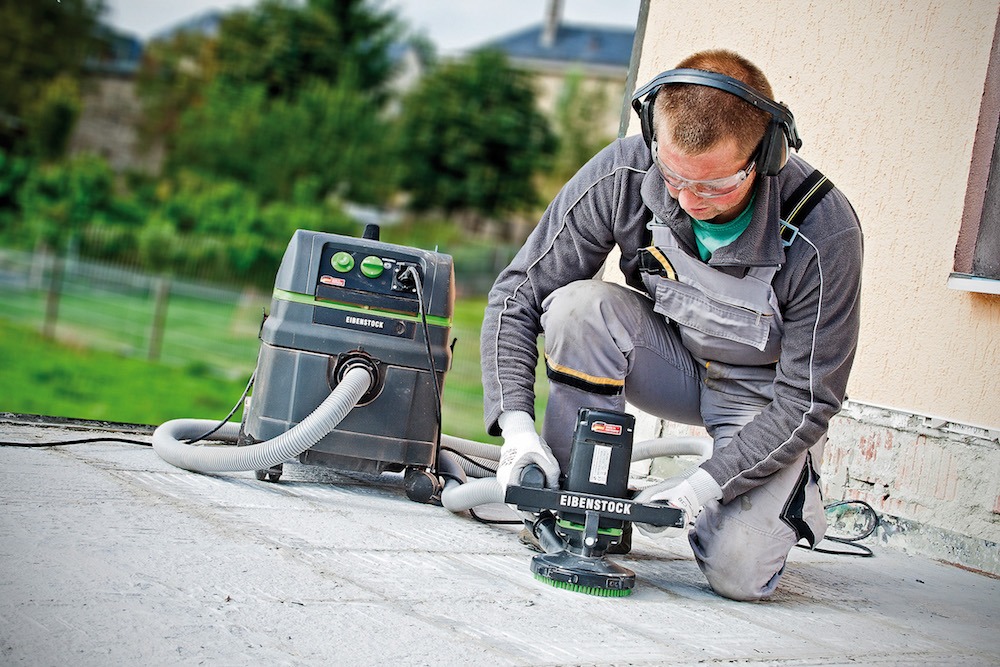September 23, the new silica rule will begin to be implemented for the construction industry. Many have asked if we feel there will be another delay, the answer is no. There are many vague unknowns still associated with the rule and having answers to how it will be enforced will likely not happen before September 23. We are hopeful that clarification will be made and the implementation process will consider the ambiguities of the rule. That being said, by the time this publishes, the MCAA will have trained nearly 700 people who will be given resources to then go home and train the employees in their companies on the silica rule and also be able to train and appoint competent people for each jobsite. Those trainers will have trained well over 2000 people about silica before September 23. In addition, if you are a member, you have had access to a written program you can utilize for your company, which is based on the training of this program.
These two steps are critically important to being prepared for September 23. They will reflect your company’s intent to be serious and to implement the rule to the best of your ability in spite of the ambiguity. We are also encouraging local and state chapters to begin to collect data, which can be utilized as objective data which would help determine which tasks on your jobsite exceed the action level and or the PEL. Once those benchmarks are established, you can begin to implement the required controls on site to comply with the rule.
There are a lot of ancillary things that have to be done to comply, such as medical testing for people who are over the action level in their tasks or who will have to wear masks for more than 30 days in a year. The class we are teaching reviews all these issues and ways you need to begin to implement policies, procedures and testing to adhere to the rule the best we understand it today.
It will be important for everyone to understand “best practices” for tasks that can subject employees to any silica exposure or excessive dust. We have been working with several manufacturers to develop a best practice for different tasks. As we finalize these items we will be posting them on our website and will also be linking them to the Masonry website.
It will be important that as tests are conducted that you share any tests with the MCAA so we can continue to monitor testing across the country. We are very concerned about the ability of labs to timely and accurately test for silica exposure on jobsites. OSHA is starting the rule early for construction based on the assumption that testing wont be used on most jobs in construction and the bulk of our tasks will be in Table 1. We do not agree with that assumption at all. Likely testing will be done and quite frankly the labs will likely not be ready.
The more information we can share as an industry the more we can be prepared for the rule and how to deal with issues that arise out of the rule. Anything submitted to MCAA will be kept confidential.
I have spoken with a lot of folks over the past 12 months and what I have learned is there is a tremendous amount if misinformation out there. A lot of people trying to do good for others and of course others just trying to make money nearly all with a misunderstanding of components of the rule. I by all means do not pretend to be an expert, but throughout this process everything we have developed and released to members and the industry have been thoroughly vetted by a compliance law firm who has spearheaded our effort on the rule. We will give straight forward answers and when we don’t have an answer, we will tell you that. Likely in those instances, we need clarification or interpretation from OSHA.
We have said since this rule was developed, it would be transformational for our industry. We still believe that to be true. If you believe on September 23 you will still be doing business as usual, we ask you to consider making arrangements to attend a silica class. It will help provide you a road map of sorts on compliance and how the rule will impact you. Rules like this really show the need to unify our response and effectiveness. Kudos go out to our CA chapter who is working together to conduct “objective testing” of different tasks throughout the state. Those results will be able to be utilized by contractors collectively to justify their silica plans. The more we work together as an industry the more successful we will be in getting interpretations of the rule and showing what makes sense and what may not. Reach out to others in your area and work together to make this a bit better for everyone and of course please reach out to the MCAA with any questions or issues you face.
Words: Jeff Buczkiewicz, President, MCAA
Photos: CS Unitec, iQ Power Tools, Masonry Magazine, SPEC MIX



